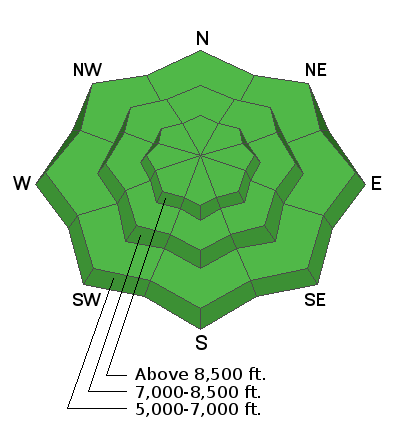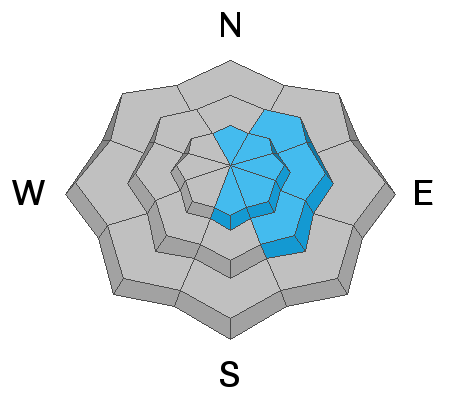Forecast for the Logan Area Mountains

Issued by Paige Pagnucco on
Thursday morning, April 7, 2022
Thursday morning, April 7, 2022
Generally stable conditions exist in the backcountry and the avalanche danger is LOW.
People can still trigger isolated, small, wind slab avalanches on upper and mid-elevation, east-facing slopes.
Warm temperatures and the high sun angle will increase the possibility for wet avalanches at all elevations and on all aspects.

Low
Moderate
Considerable
High
Extreme
Learn how to read the forecast here









